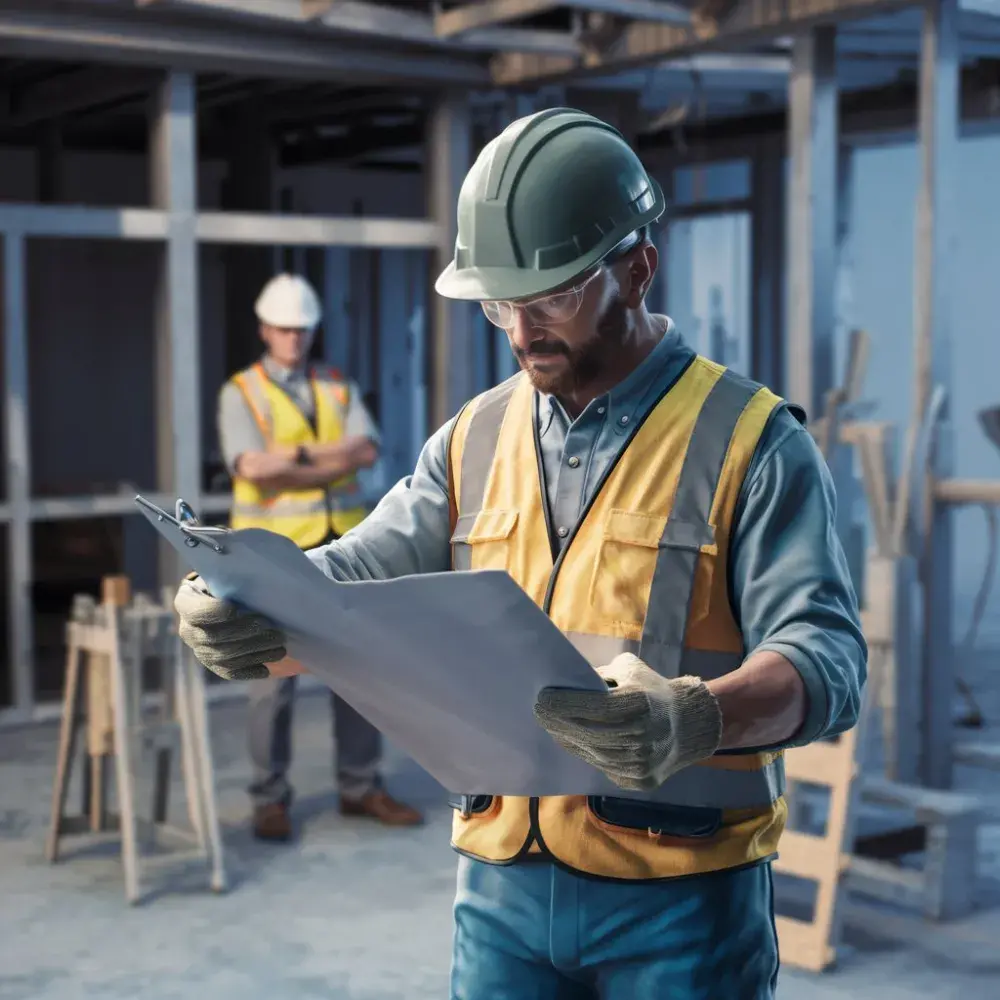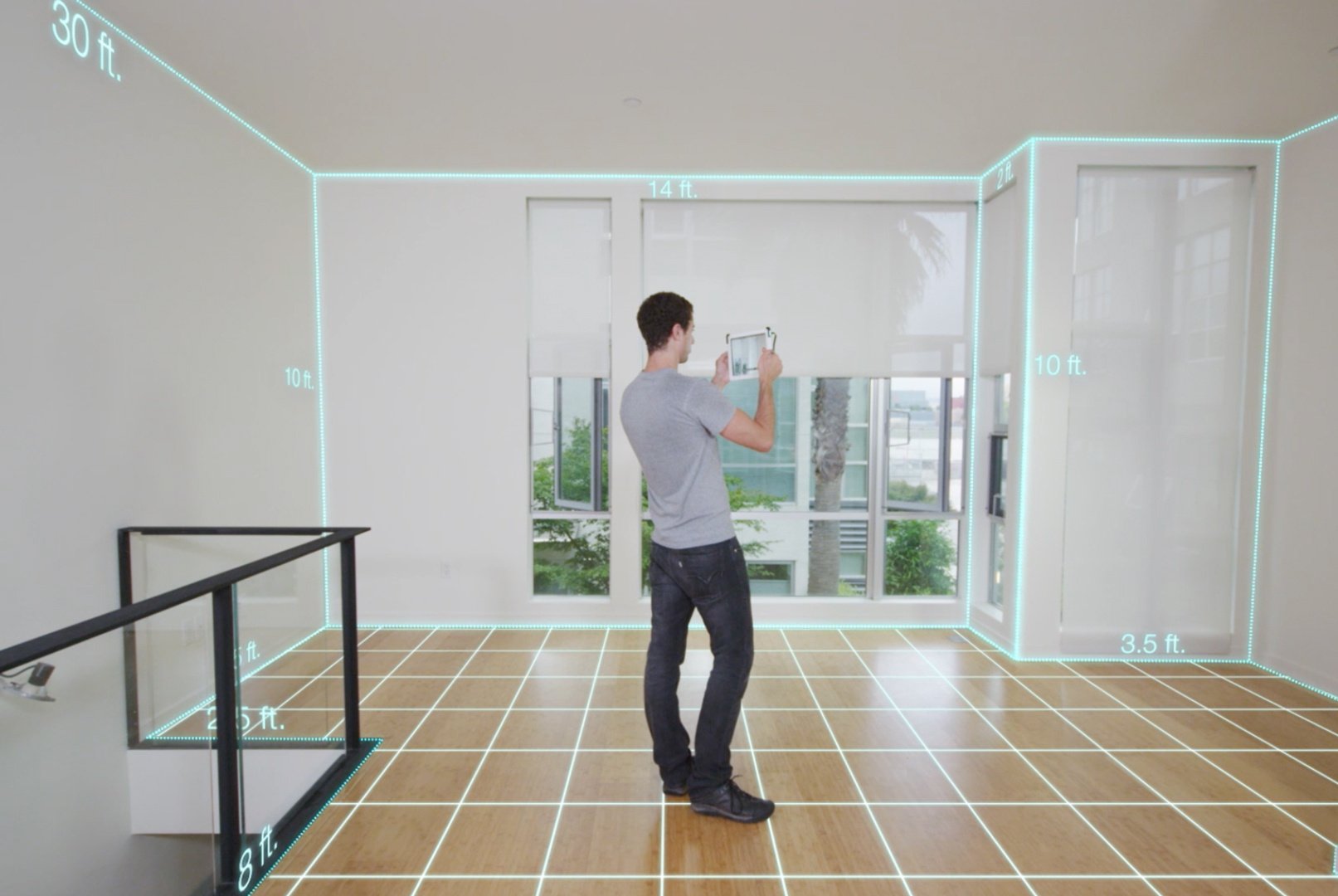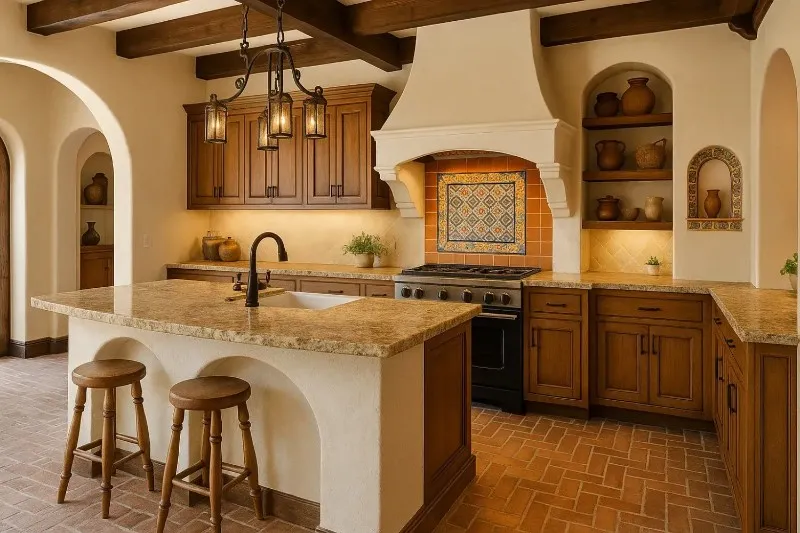As environmental awareness heightens, the role of the general contractor has expanded to include a crucial focus on sustainable building practices. These eco-friendly approaches not only minimize environmental impact but also offer long-term savings and efficiency for clients, making sustainability a top priority in modern construction projects.
Adopting Green Materials and Technologies
At the forefront of eco-friendly construction is the selection of sustainable materials. General contractors are now prioritizing resources that are recycled, renewable, or sustainably sourced, such as bamboo flooring, recycled steel, and low-VOC paints. Furthermore, the incorporation of advanced technologies like solar panels and energy-efficient HVAC systems marks a significant stride toward reducing the carbon footprint of new builds.
Energy Efficiency: A Core Principle
For any general contractor, enhancing energy efficiency is a key aspect of green building. This involves designing buildings that capitalize on natural light, improving insulation, and installing energy-efficient windows. Such measures not only reduce energy consumption but also significantly lower utility costs for occupants.
Water Conservation Techniques
Water conservation is another critical area where general contractors can make a substantial impact. Implementing low-flow plumbing fixtures, rainwater harvesting systems, and efficient irrigation practices are just a few of the strategies that contribute to sustainable water use in construction projects.
Waste Reduction Strategies
Minimizing construction waste is a pivotal component of eco-friendly building practices. General contractors are finding innovative ways to reduce, reuse, and recycle materials throughout the construction process. This not only lessens the environmental impact but also contributes to a more cost-effective project management approach.
Emphasizing Indoor Environmental Quality
Creating healthier indoor environments is a growing focus for general contractors. Through the use of non-toxic materials and ensuring proper ventilation, contractors can significantly improve the air quality inside new buildings. This commitment to indoor environmental quality not only benefits the planet but also enhances the well-being of the building’s occupants.
The Role of Certification and Compliance
Eco-friendly construction is further validated through certification programs like LEED (Leadership in Energy and Environmental Design), which provide a standardized framework for green building. For a general contractor, achieving such certifications not only demonstrates a commitment to sustainability but also increases the marketability and value of their projects.
Modern contractors have a pivotal role to play in promoting sustainability within the construction industry. By embracing eco-friendly materials, focusing on energy and water efficiency, reducing waste, and improving indoor environmental quality, general contractors can lead the charge toward a greener, more sustainable future in building. The adoption of these practices signifies a profound shift in how construction projects are conceptualized and executed, reflecting a broader commitment to environmental stewardship and responsible development.
As the construction industry continues to evolve, the integration of green building practices stands as a testament to the sector’s adaptability and its ongoing efforts to minimize its environmental footprint. For general contractors, the journey towards eco-friendly construction is not just a professional responsibility; it’s an opportunity to shape a sustainable legacy for generations to come.
Learn More
Smart Budgeting for Your Home Remodel: Insights from a General Contractor
The Pivotal Role of a General Contractor in Crafting Custom Homes





